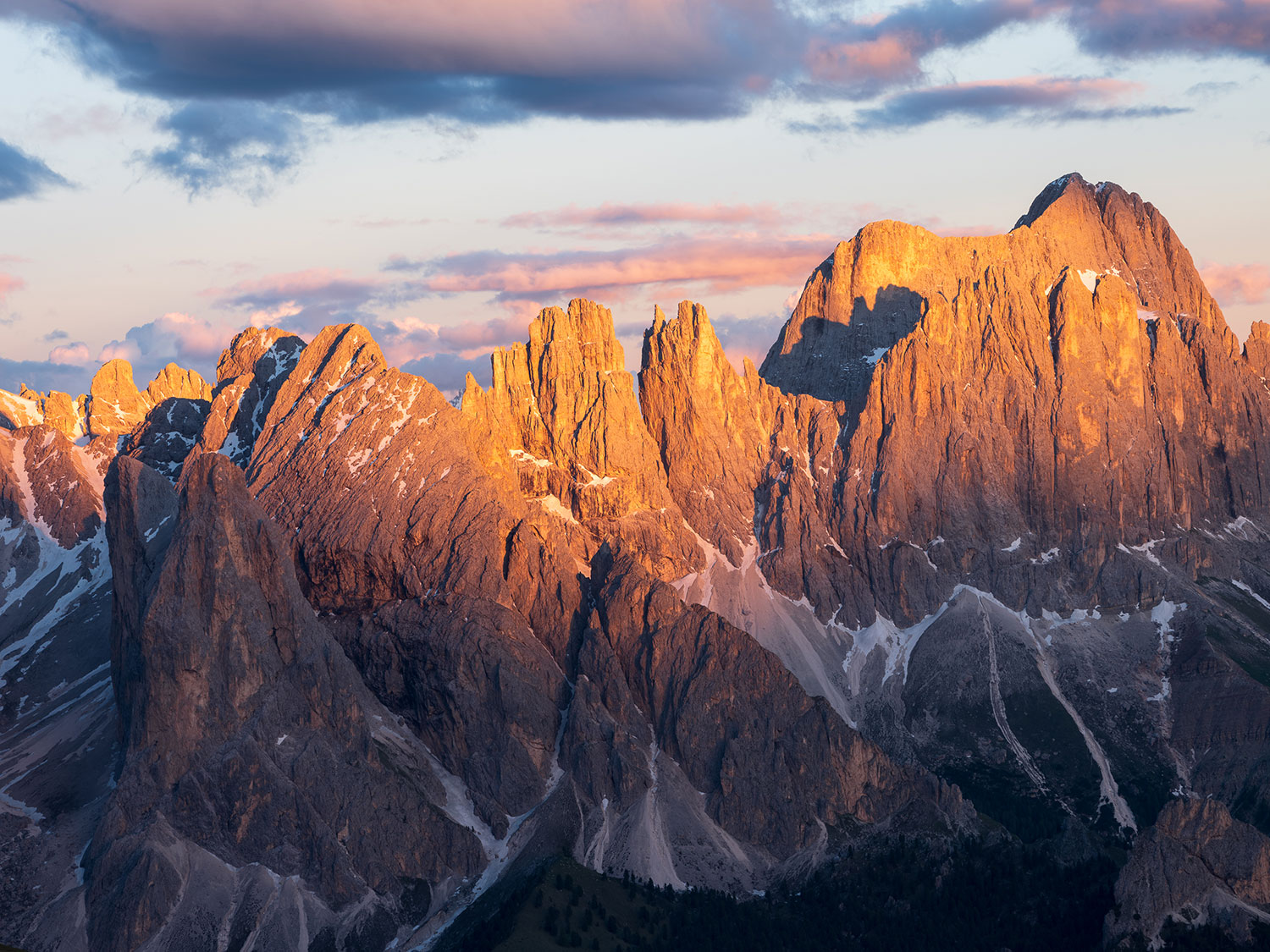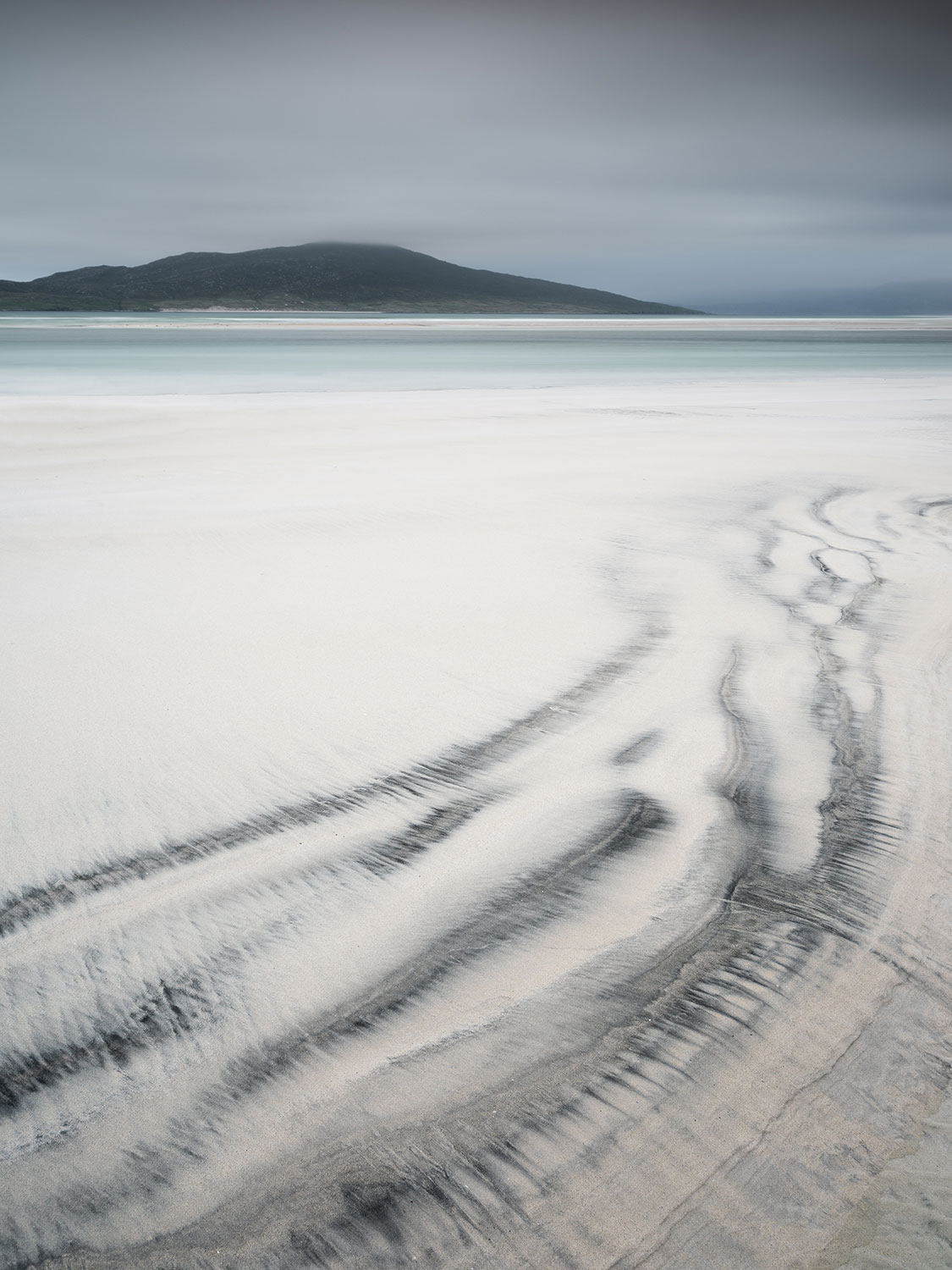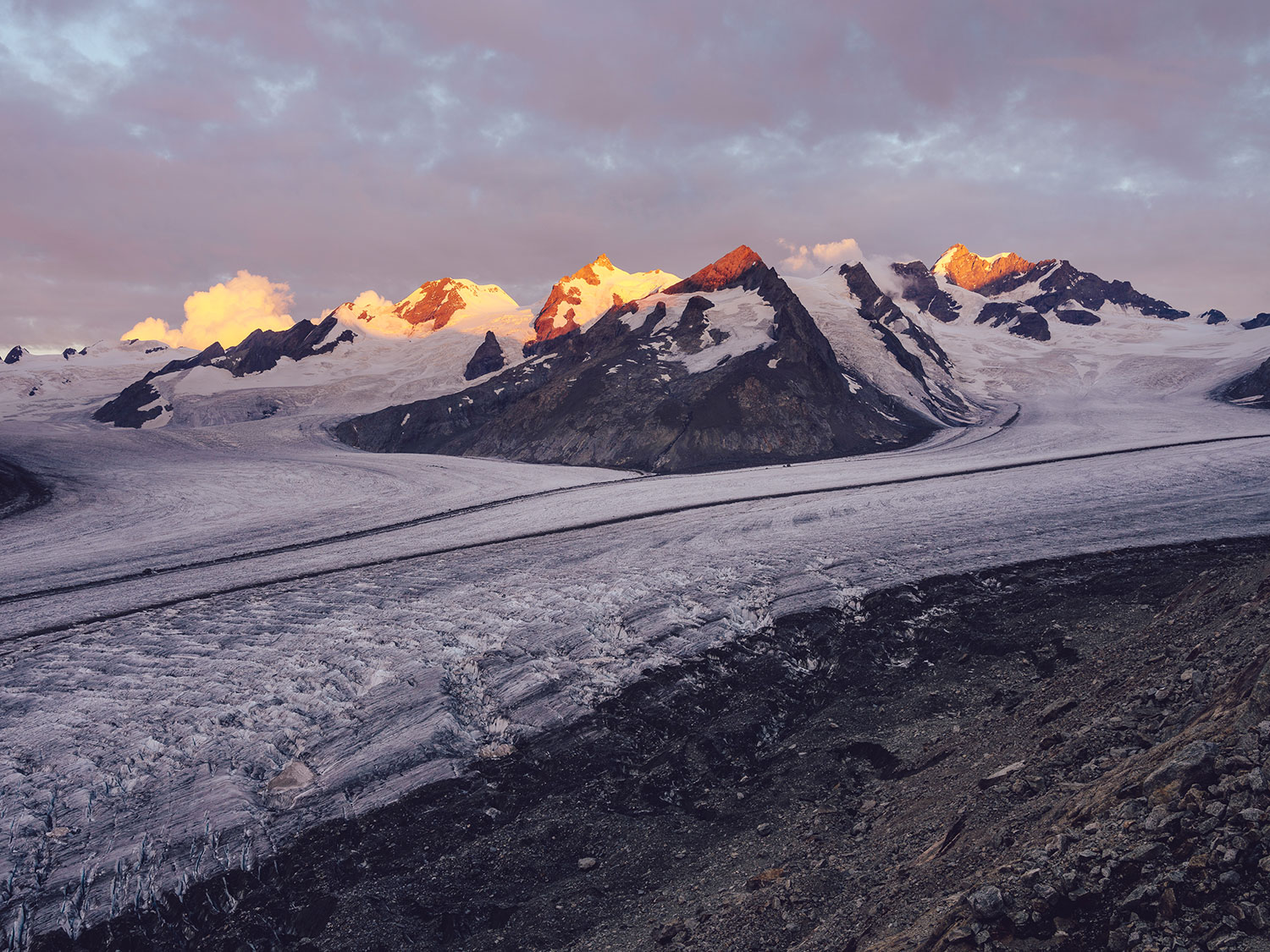The curve of time
As landscape photographers, we pursue the elements. We live and breathe the outdoor spaces, the pristine wilderness. This year has been challenging. However, it hasn’t stopped all of us from fleeing the city in exchange for solitude and reconnection with nature.
For me, mastering the light is about being in the elements and observing the scene. It’s about understanding my bond with the landscape and exploiting the beauty to be found in natural shapes and textures. Photography is more than a photograph. It’s the thrill of being on location. I enjoy nothing more than reading the landscape and waiting in anticipation for the morning or evening light to unveil the contrasting beauty.
During a hike, the feelings of accomplishment resonate in my thoughts. There’s a sense of excitement waking up in the ungodly hours to explore a new location. There are no people, only elements. Wind on my face, retreating water on the shore or the sound of ancient sands under my feet. It’s all part of the pleasure as a landscape photographer.
From each episode, I try to capture as few images as possible. One photo either side of the day is an accomplishment. My camera isn’t about chasing the latest technology. Rather it’s about utilising the rendering of the organic colours and forms found in nature and sharing my art form with the world.
Connecting myself with the landscape when out on location is paramount to my vision. I need to feel what the mood is to recreate it. It’s a flurry of notes harmonising with each other which help define my composition. A balance of aperture, shutter and exposure all play a part in the symphony.
Typically, when arriving at location, I sit in awe, taking it all in. It’s not about going to a location in a hurry before the sun sets or rises. Instead, I slow things down and take my time. Being in the elements and creating the story behind the photo is what I’m about.
Great images seldom happen by chance. Studying the interaction of the elements of the natural world is an important endeavour in that respect. This includes observing the momentum of land and light and the interplay between tones and textures.
My medium format gear is a simple setup: two lenses, a body, a tripod and filters. The lenses adopted include the wide-angle Fujinon GF32-64mm F4 and telephoto GF100-200mm F5.6. Both are an extension of my vision when coupled with a Fujifilm GFX 50R body.
With a focal length of 32mm as my frequent, capturing landscapes through this perspective is about an organic field of view. It provides a superb collection of content, and when coupled with the medium format sensor, the reproduction is flawless.
When venturing to a location, I’m always conscious of my surroundings. Take, for instance, Seilebost Beach. This unique place is found near a small crofting village on the coast road along the west side of Harris, Scotland. It’s surrounded by fields of machair with views overlooking Luskentyre and Taransay. When you look to the east, dunes are visible to the naked eye; however, there’s something about this location that makes you feel isolated.
Finding your thoughts is what this part of the world is all about. I found the scene attractive with its unique unveiling beauty. Looking at the shoreline, I was captivated by the pattern in moving dark sands.
The remnants of Basalt unveiled the darkness of the earth, masked by the pristine beauty of the sands above. The lapping shoreline breathed new life in every pass. The environment I found myself in felt alive.
Setting up my Gitzo GK100T tripod and attaching a careful selection of LEE filters to the front of my GF32-64mm lens, my vision was to capture the spirit of Seilebost. Unpacking my gear, I defined a 40-second long exposure to represent the unstable mood of the water as it rolled over the dark sands.
I watched as a sense of mystery gathered on the horizon, masking the hidden peak of the isolated, distant peninsula. I felt like the resulting vertical composition reflected the mood the world was going through, accentuated with a sense of loneliness.
As a traveller, I love to explore new places. The sense of wonder and desire to uncover the natural beauty of the world drives me. This year saw my pursuit for the image extend to a handful of scenic places around Europe. Considering the circumstances of the world, being outdoors always felt like a blessing. While the places I prefer to travel are wild, there is also a sense of responsibility.
As photographers, our images need to go beyond objects that are merely pleasing to look at. We have the responsibility to communicate regarding sustainability. A rich environment provides a harmonic habitat not simply for wildlife, but for us, humans too. We must keep nature safe from our own hands.
Looking back through the highlights of the year, I think the GFX 50R has refined and indeed upgraded my landscape work. Is the search for the holy grail over? I am genuinely amazed by the results of this camera. The files are superb with sublime sharpness front to back requiring little adjustments in post-processing.
The 50MP sensor can capture the finest details. This unforgiveness for error helps to slow down and perfect the process. Overall, the Fujifilm medium format equipment is a fabulous system which is relatively compact in size and weight.
2020 was a very difficult year globally. The coronavirus caused so much pain to the people in the world. It is difficult to be positive after something like that, but photography helps us to forget about the bad things. The good feelings return when you go out and create.
In my work, I aim to transport the viewer to a different frame of mind. A curiosity about the natural world affect all parts of my life. Photography is the catalyst through which I can express my passion. By reading this article and looking at my images, I hope you are transported in some way.
This small series is a result of my travelling in times of uncertainty. I feel we will have better luck in 2021.
Nils Leonhardt

“Photography is my latest passion and has influenced my life for a few years now. I’m from an area in Germany called the Ore Mountains. However, I rarely shoot in my local habitat. This is because I think that travel and photography are a match made in heaven. My main focus is landscapes because I love the slow-paced relationship with both nature and natural light.”


















